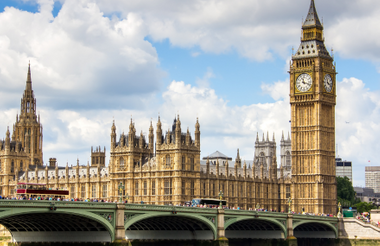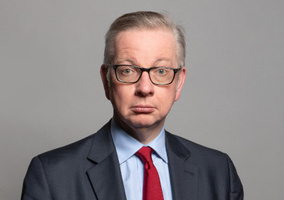Charities in England and Wales saw their income collectively rise by 8.5% to £90.3bn in 2022, despite a significant drop in government grants, according to new figures.
The Charity Commission reported this week that income from government grants fell from £8.2bn in 2021 to £7bn in 2022 and went to 24% fewer charities (35,474 to 27,001).
But, according to its analysis of charities’ annual return data, charities’ income from government contracts to deliver services increased in 2022.
Almost 6,500 charities received £9.3bn to deliver services via government contracts in 2022, the regulator reported, which has been increasing for four consecutive years.
In 2018, charities received 7.4bn through government contracts, marking an increase of more than 25% over four years.
Last month, NCVO reported that 87% charities were subsidising government grants and contracts.
Smaller charities see costs rise faster than income
Total gross income for all charities in 2022 was £90.3bn, an increase of 8.5% on the year prior, with charities with a turnover of more than £5m accounting for almost three-quarters (£67bn) of this.
The sector’s collective gross expenditure for the year 2022 increased by a similar proportion to £87.4bn, with the largest charities accounting for £64.9bn of this.
Charities with an income of less than £100,000 (63% of those registered) reported an increase of 0.84% in income while seeing their expenditure rise by 8.95%, indicating a downturn in operational sustainability.
Those with an income of less than £500,000 (93% of those registered) experienced a 3.24% increase in income alongside expenditure rising by 11.6%.
The around 12,000 charities with an annual income above £500,000 on the Commission’s register reported a collective 38% increase in fundraising income, influenced by a relaxation of Covid restrictions.
Meanwhile, charities’ reserves collectively rose to £75.6bn from £73bn in 2021.
Reported volunteer numbers grew to 6.19m overall, with education, environment, conservation and heritage charities reporting large increases while others including religious charities saw a decline.
Commission: Some charities facing ‘unsustainable demands’
This is the first time the Commission has published an analysis of its annual return data in this way.
Its report was based on figures collected from the 91.6% of total charities on the register that filed an annual return in 2022.
Helen Stephenson, chief executive of the Commission, said: “Charities are part of the fabric of our communities, and this data from 2022 indicates a very substantial sector with a surprising degree of resilience.
“Since then, the cost-of-living crisis and inflation have amplified demands on charity finances, resulting in a mixed picture across the sector. Some are facing unsustainable demands.
“Publishing data from the annual return allows us to understand how the charity sector continues to evolve and change, and to better understand longer-term trends."
NCVO’s most recent Almanac reported that voluntary sector income in the UK declined from £58.7bn in 2019-20 to £56.9bn in 2020-21.
Explaining the significant difference in its overall income figure from the Commission’s, a spokesperson for the umbrella body said its research excludes certain registered charities like sacramental religious bodies, independent schools, government-controlled entities, or housing associations.











